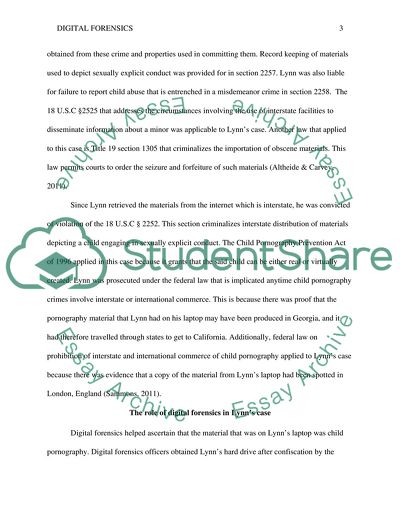Cite this document
(“Legal Topic Digital Forensics Paper Research Example | Topics and Well Written Essays - 1000 words”, n.d.)
Retrieved de https://studentshare.org/information-technology/1650193-legal-topic-digital-forensics-paper
Retrieved de https://studentshare.org/information-technology/1650193-legal-topic-digital-forensics-paper
(Legal Topic Digital Forensics Paper Research Example | Topics and Well Written Essays - 1000 Words)
https://studentshare.org/information-technology/1650193-legal-topic-digital-forensics-paper.
https://studentshare.org/information-technology/1650193-legal-topic-digital-forensics-paper.
“Legal Topic Digital Forensics Paper Research Example | Topics and Well Written Essays - 1000 Words”, n.d. https://studentshare.org/information-technology/1650193-legal-topic-digital-forensics-paper.


